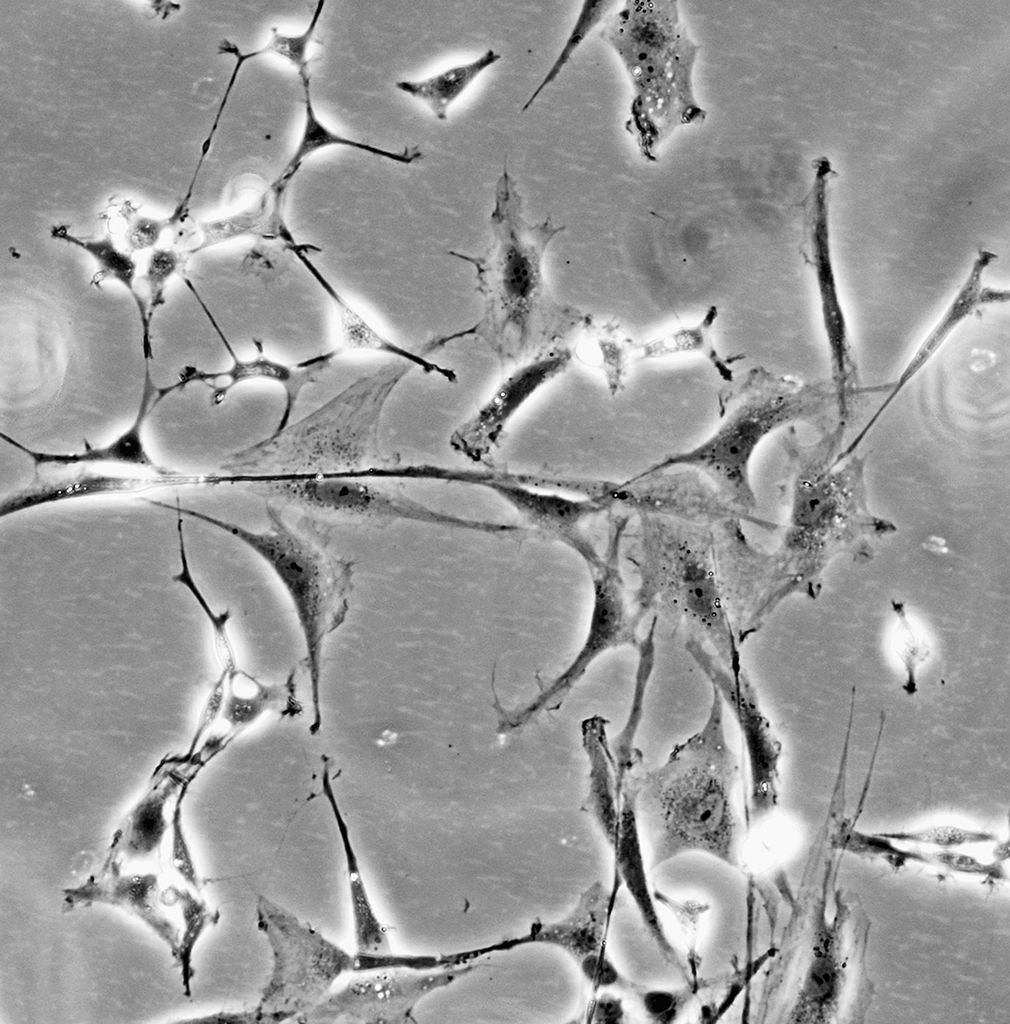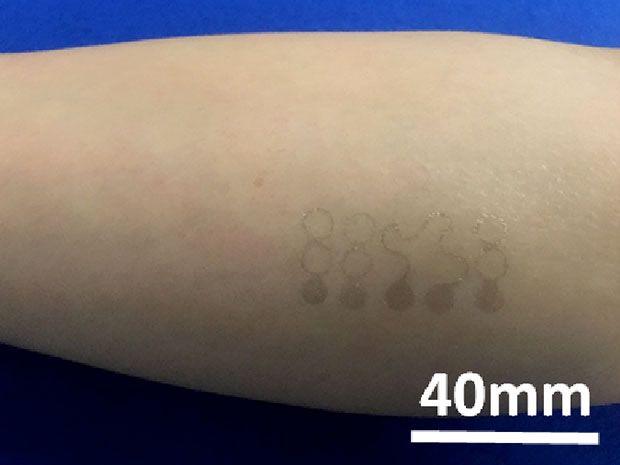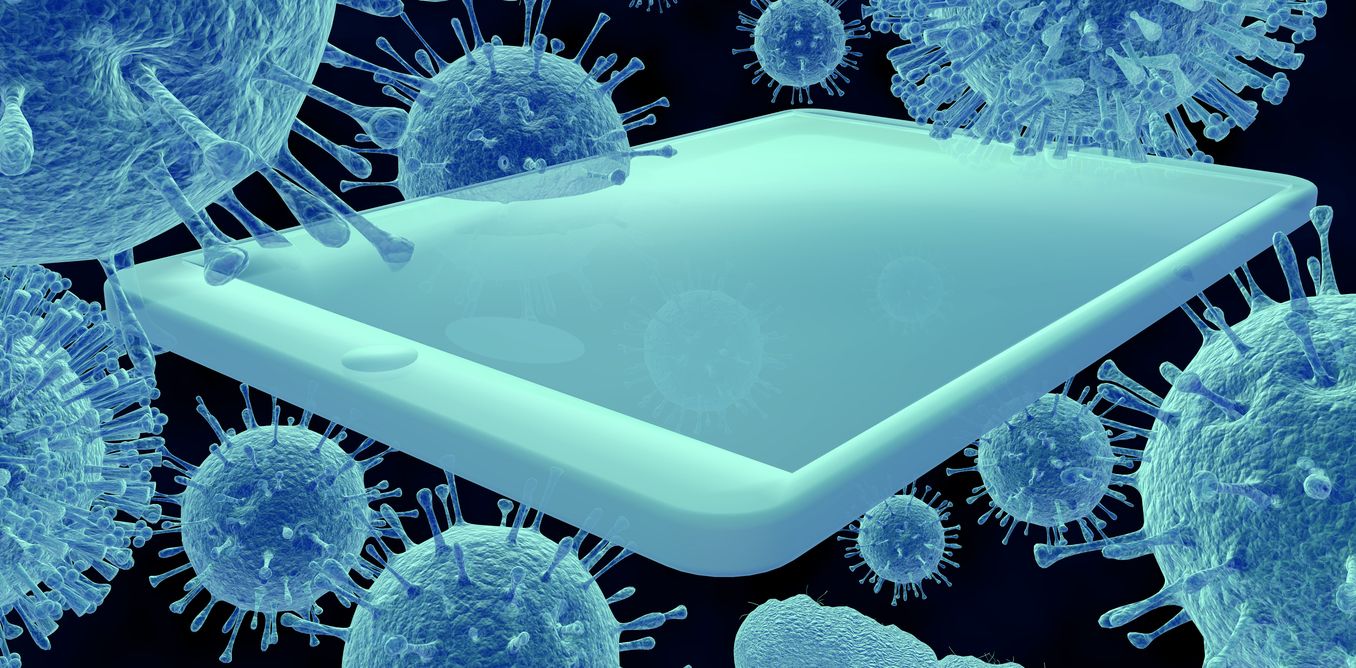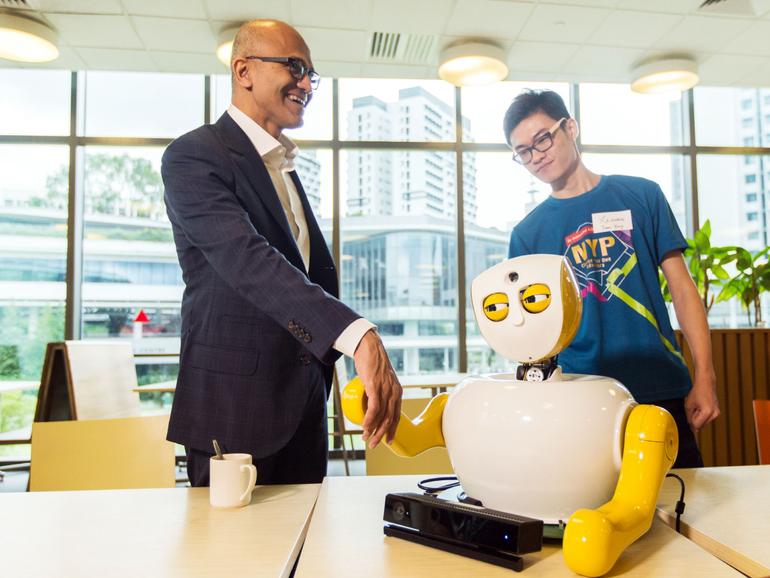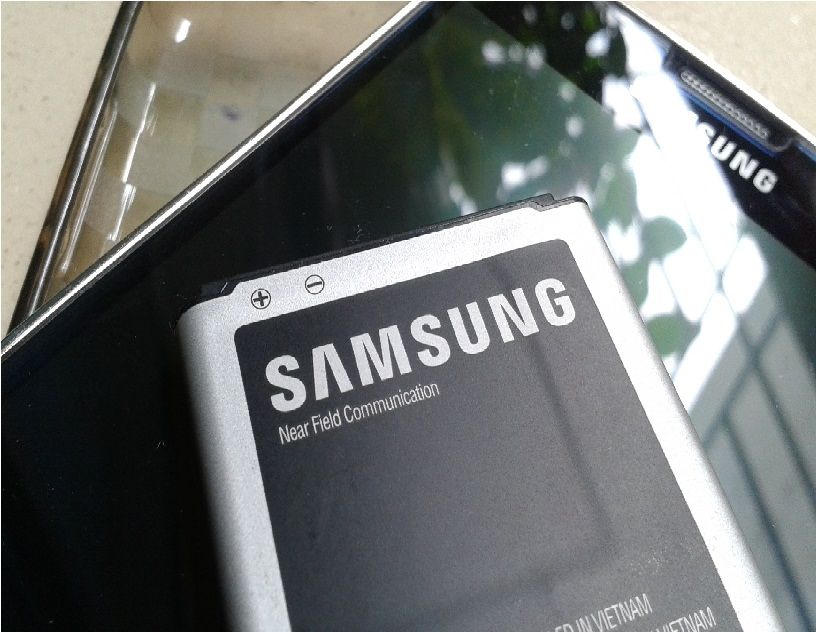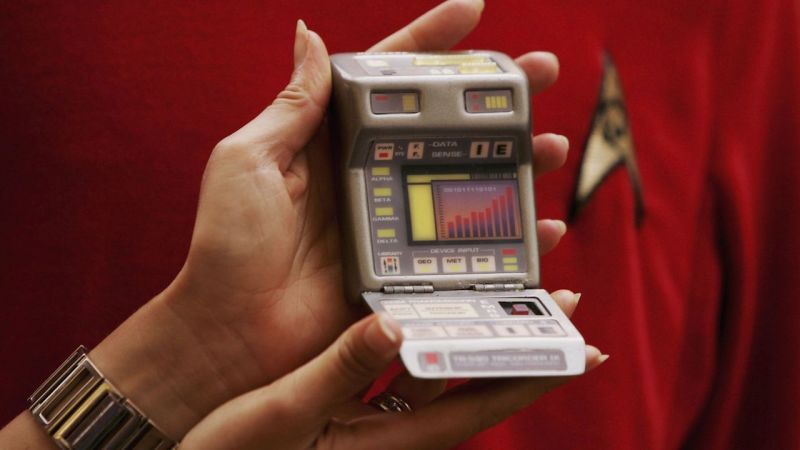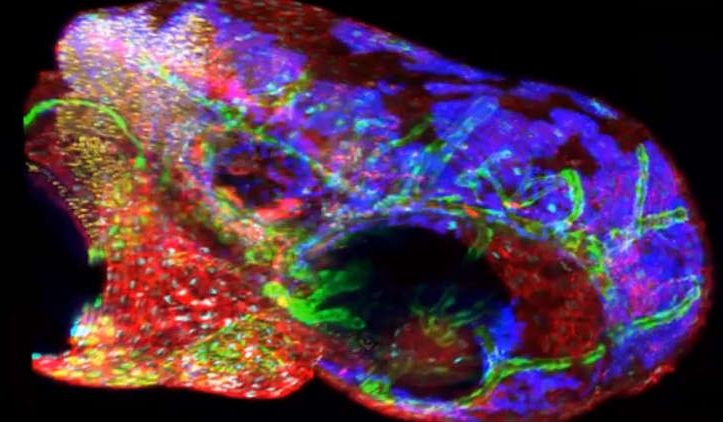Archive for the ‘mobile phones’ category: Page 197
Jan 20, 2017
Thinnest-ever electronic tattoos are capable of precision health monitoring
Posted by Karen Hurst in categories: biotech/medical, computing, health, mobile phones, wearables
The graphene temporary tattoo seen here is the thinnest epidermal electronic device ever and according to the University of Texas at Austin researchers who developed it, the device can take some medical measurements as accurately as bulky wearable sensors like EKG monitors. From IEEE Spectrum:
Graphene’s conformity to the skin might be what enables the high-quality measurements. Air gaps between the skin and the relatively large, rigid electrodes used in conventional medical devices degrade these instruments’ signal quality. Newer sensors that stick to the skin and stretch and wrinkle with it have fewer airgaps, but because they’re still a few micrometers thick, and use gold electrodes hundreds of nanometers thick, they can lose contact with the skin when it wrinkles. The graphene in the Texas researchers’ device is 0.3-nm thick. Most of the tattoo’s bulk comes from the 463-nm-thick polymer support.
The next step is to add an antenna to the design so that signals can be beamed off the device to a phone or computer, says (electrical engineer Deji) Akinwande.
Continue reading “Thinnest-ever electronic tattoos are capable of precision health monitoring” »
Jan 20, 2017
Vibrating Jeans Act As A Wearable GPS
Posted by Karen Hurst in categories: mobile phones, wearables

Spinali Design’s line of clothing can be paired with a phone move alerts from the device to your body.
Jan 19, 2017
New ‘smart’ fibers curb fires in lithium-ion batteries
Posted by Karen Hurst in categories: mobile phones, transportation
Hoverboards and certain cell phones powered by lithium-ion batteries occasionally go up in flames. Scientists now have a new plan for squelching these fires before they flare out of control: incorporating a flame retardant in the battery that’s released if temperatures get too toasty.
Within lithium-ion batteries, ions travel between positive and negative electrodes through a liquid called an electrolyte. But commonly used electrolytes are highly flammable. And if a short circuit in the battery produces enough heat, the electrolyte can ignite.
Source: New ‘smart’ fibers curb fires in lithium-ion batteries | Science News.
Continue reading “New ‘smart’ fibers curb fires in lithium-ion batteries” »
Jan 18, 2017
In the Future, We’ll Use Our Phones to Detect Disease
Posted by Shane Hinshaw in categories: biotech/medical, mobile phones
Jan 17, 2017
Microsoft wants to make conversing with your computer the new normal
Posted by Karen Hurst in categories: computing, mobile phones
In a mobile-first, cloud-first world, conversing with a computer through your smartphone may be the best way to communicate. Microsoft’s research is heading that way.
Jan 17, 2017
Stanford Scientists Develop Battery Pack with Built-In Fire Extinguisher
Posted by Karen Hurst in category: mobile phones
The Samsung Galaxy Note 7 exploding battery fiasco has stirred major concerns whether smartphone batteries are really safe. In an effort to prevent these disasters from happening, a group of Stanford scientists have developed a lithium-ion battery pack, which includes a capsule filled with triphenyl phosphate (TPP). Once the battery’s internal temperature reaches a certain point, the capsule will melt releasing the TPP and extinguishing the fire.
Like Us on Facebook
The team working on the project found out that TPP is a type of chemical-fire retardant. The chemical is capable of extinguishing an exploding battery in just 0.4 seconds, according to 9to5Google. The team also set the temperature threshold at 302 degrees Fahrenheit, at that point, the capsule will melt releasing the TPP chemical.
Continue reading “Stanford Scientists Develop Battery Pack with Built-In Fire Extinguisher” »
Jan 17, 2017
Scientists Can Now Sequence DNA With a Smartphone
Posted by Shane Hinshaw in categories: biotech/medical, mobile phones
It was not so long ago that sequencing even tiny snippets of DNA was a costly, cumbersome process that required access to a state-the-art lab. Today, we are inching close to putting a DNA sequencer in every pocket.
Jan 16, 2017
Teleport Brain Control
Posted by Karen Hurst in categories: education, internet, mobile phones, robotics/AI
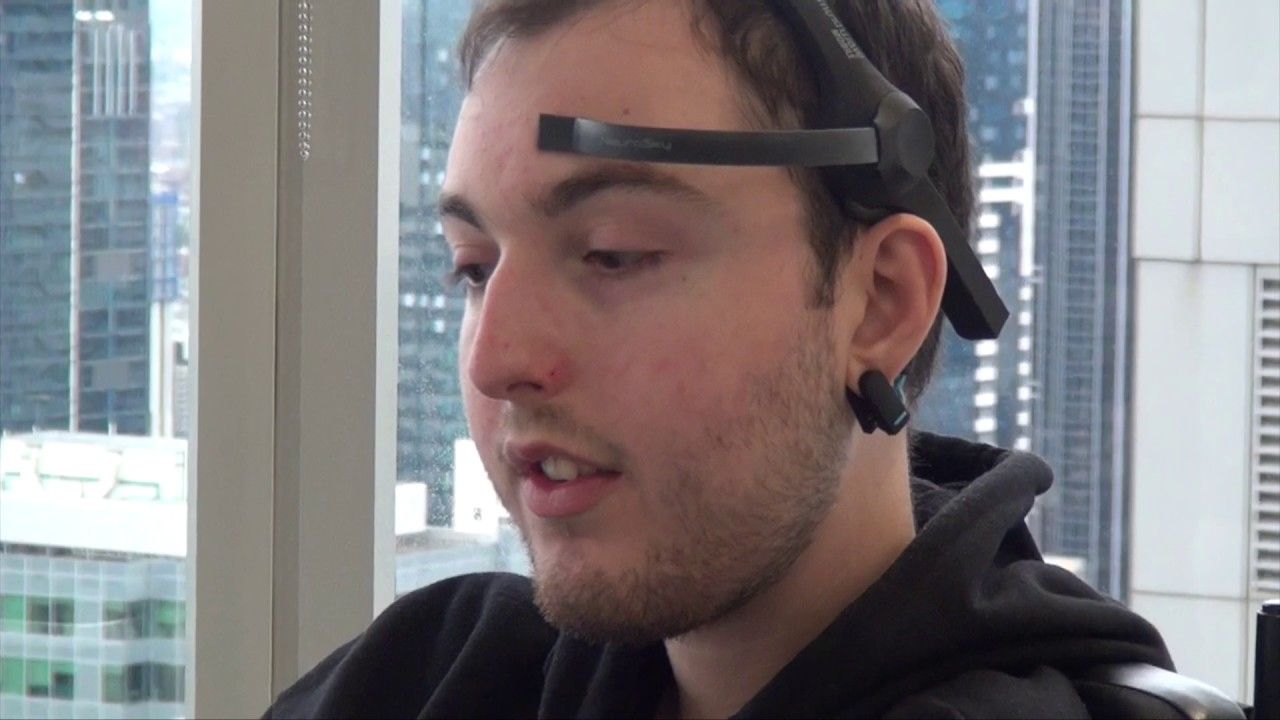
Teleport is a telepresence robot that can be used by people with a disability to attend school or work remotely. It can be controlled using an internet browser, Android phone, and now brain control.
Jan 15, 2017
New 5D technique may help diagnose diseases from cell phone images
Posted by Karen Hurst in categories: biotech/medical, mobile phones
Very cool.
Scientists have developed a new 5D technique for analysing images, an advance that may make it easier to quickly find tell-tale signs of diseases from pictures taken using cell phones. Called “Hyper-Spectral Phasor” analysis, or HySP, it is much faster and far less expensive than current techniques, and may be useful for diagnosing and monitoring diseases by using cell phone images, researchers said.
Through the new imaging technology, researchers at the University of Southern California (USC) in the US have used fluorescent imaging to locate proteins and other molecules in cells and tissues. It works by tagging the molecules with dyes that glow under certain kinds of light – the same principle behind so-called “black light” images.
Continue reading “New 5D technique may help diagnose diseases from cell phone images” »
